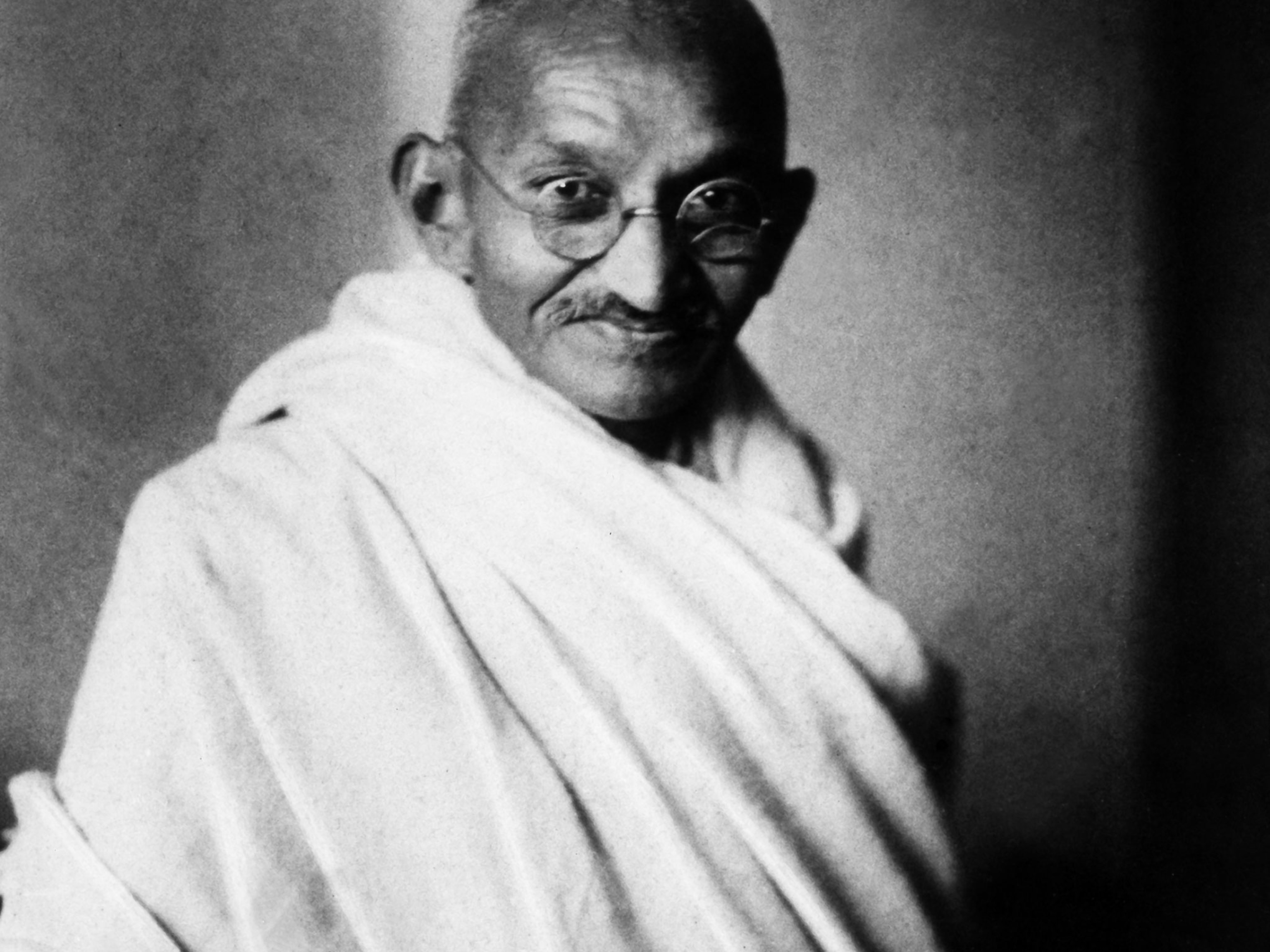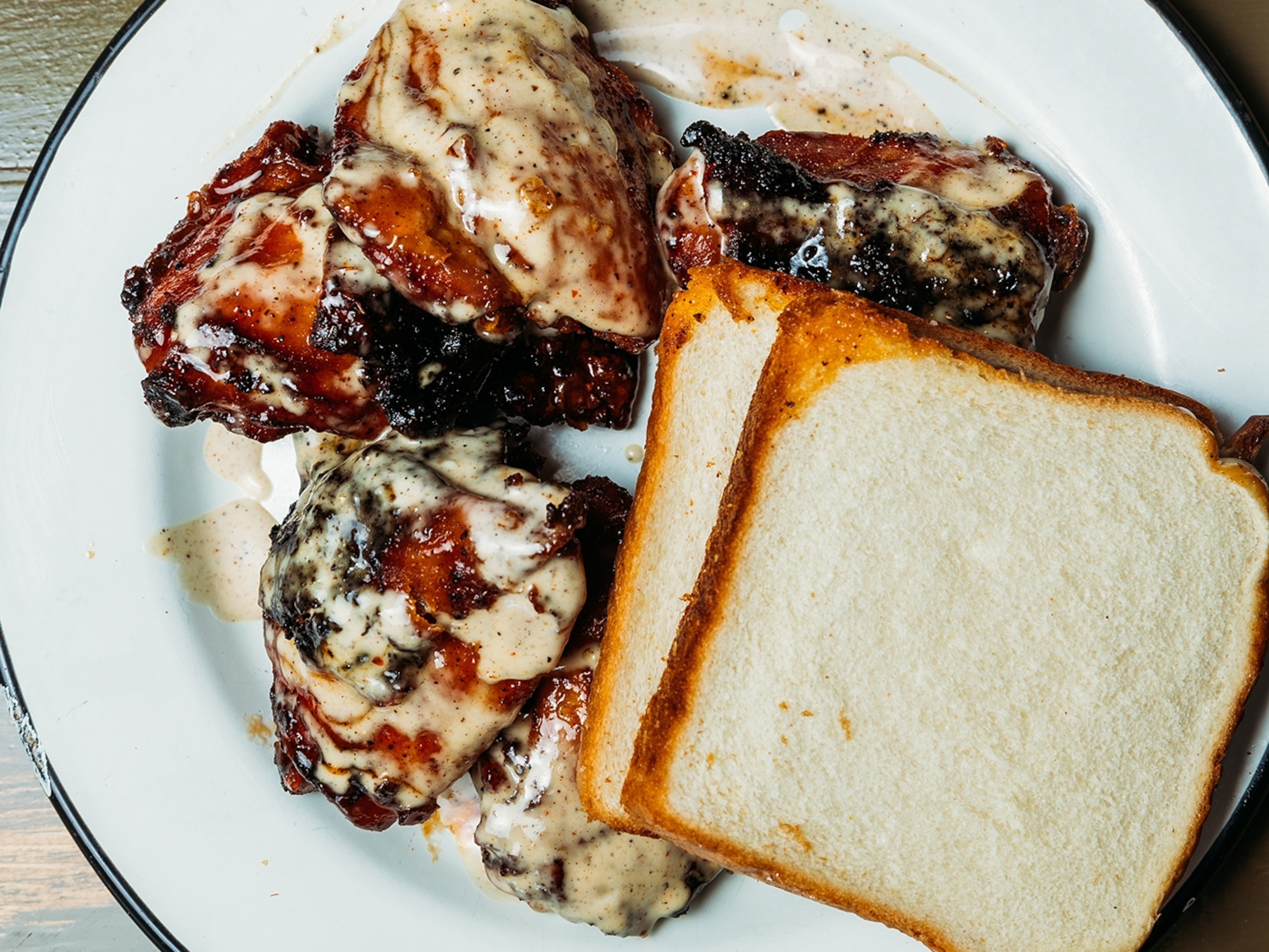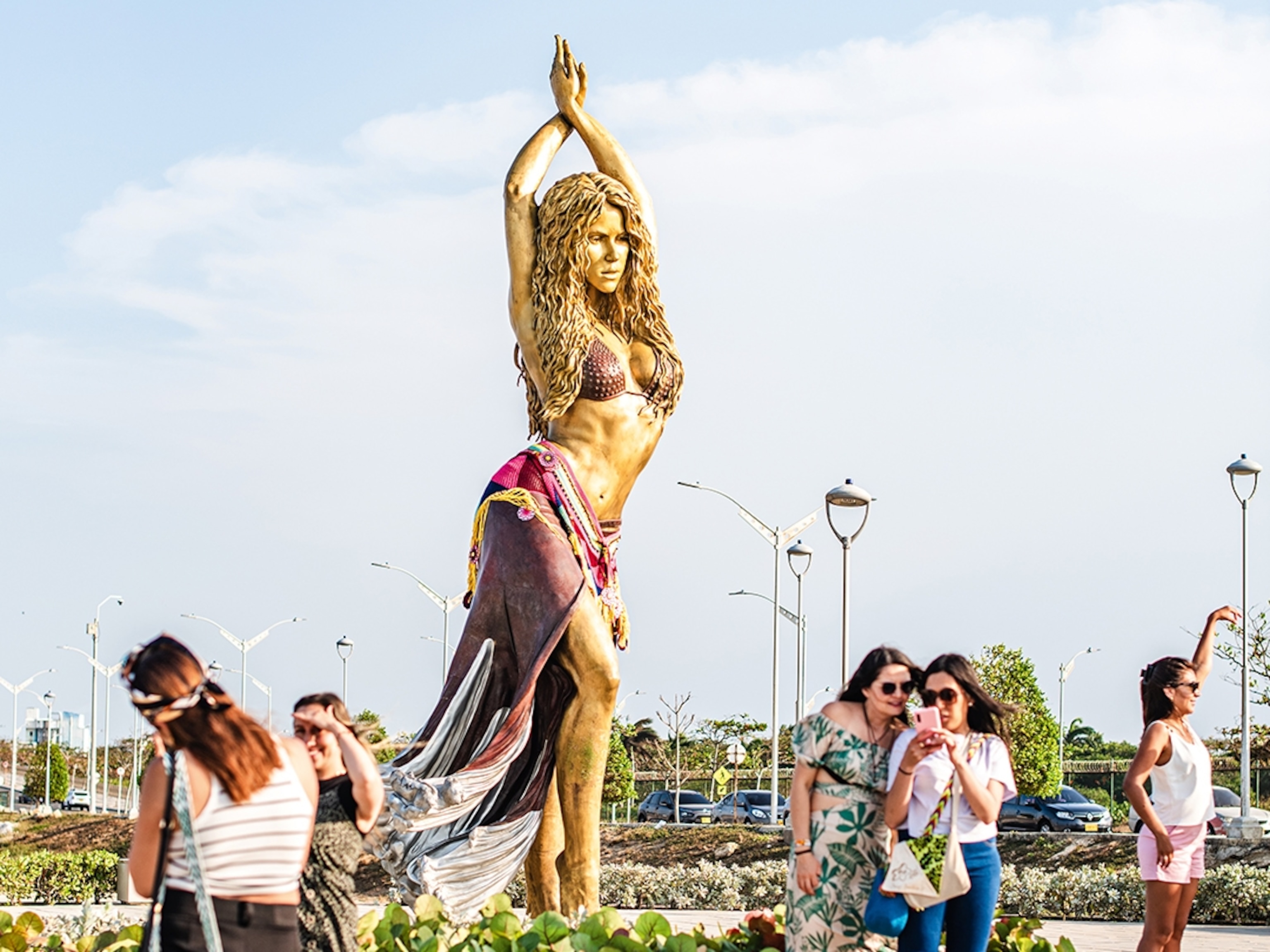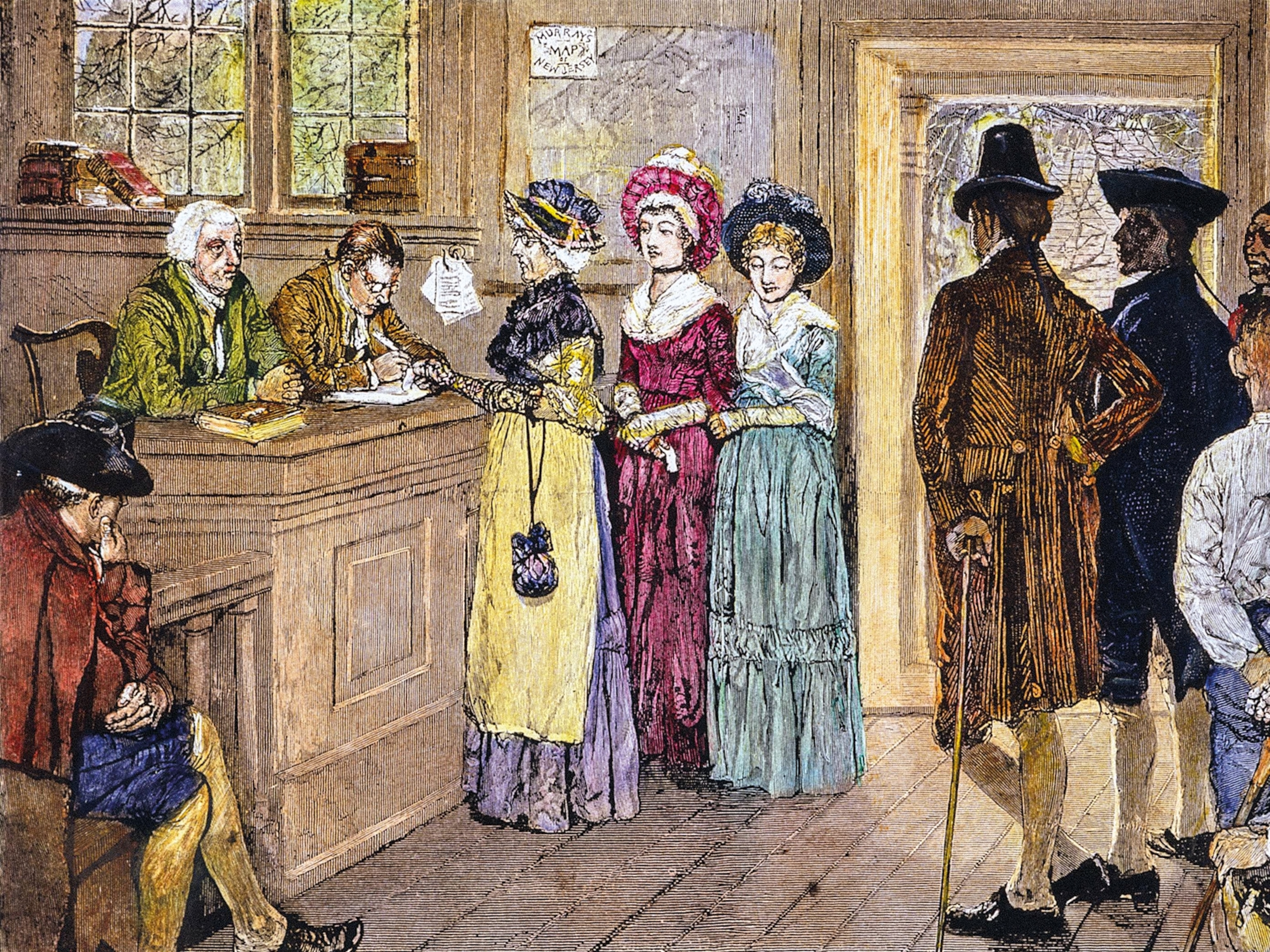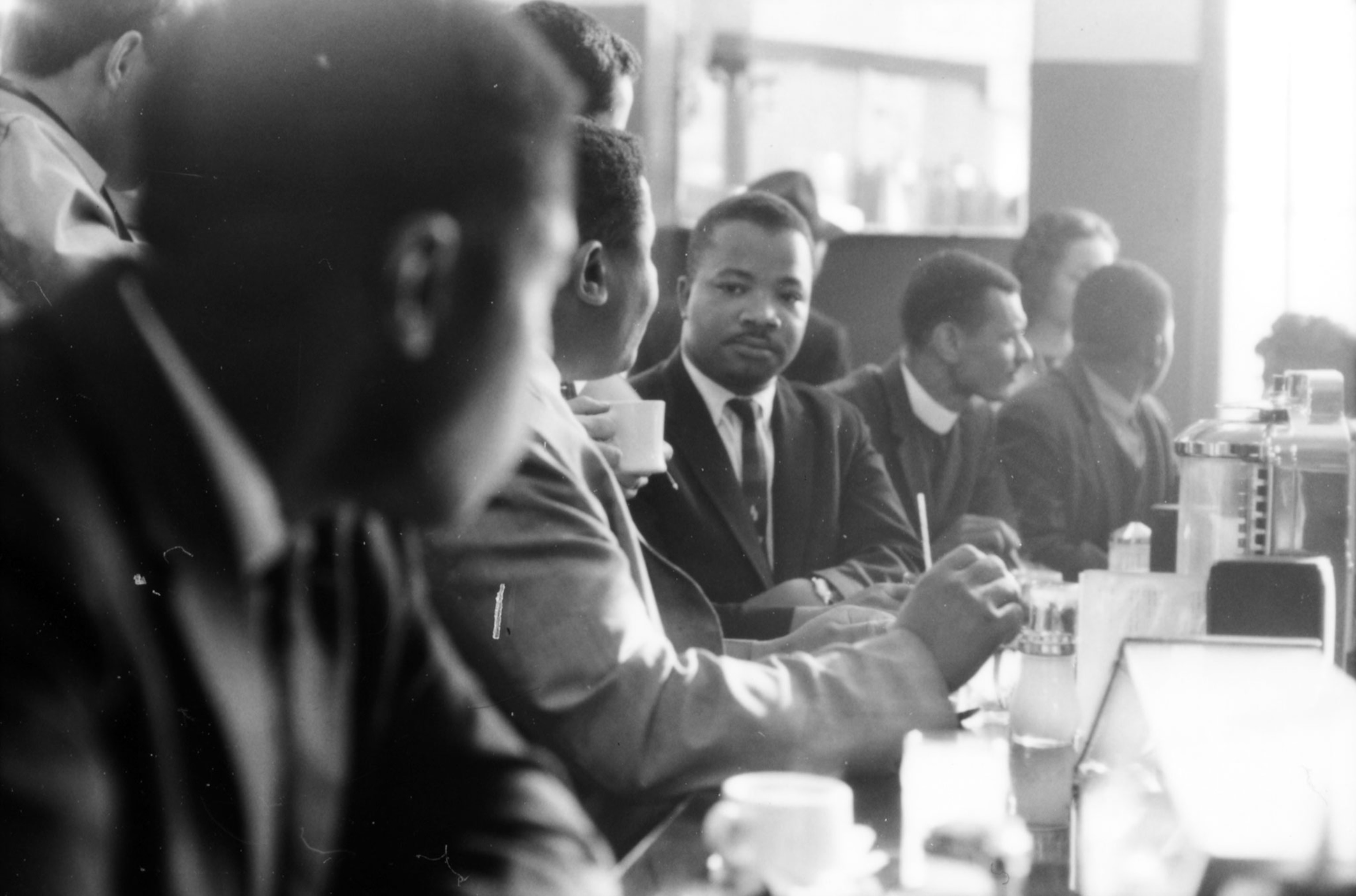
4 Important Foods of America’s Civil Rights Movement
There are some foods that have achieved iconic status—think apple pie,
coq au vin
, and sushi. Yet there are many other humble foods that have played an important, but less flashy role in history.The Smithsonian Institute in Washington, D.C. recently hosted an event to focus on how some pretty low-key foods were critical to America’s civil rights movement in the 1960s. Jessica Carbone
“By focusing on the foods that were sustaining to so many of the people during this period, we see how much the right to gather for a meal matters on both a personal and political level,” Carbone says.
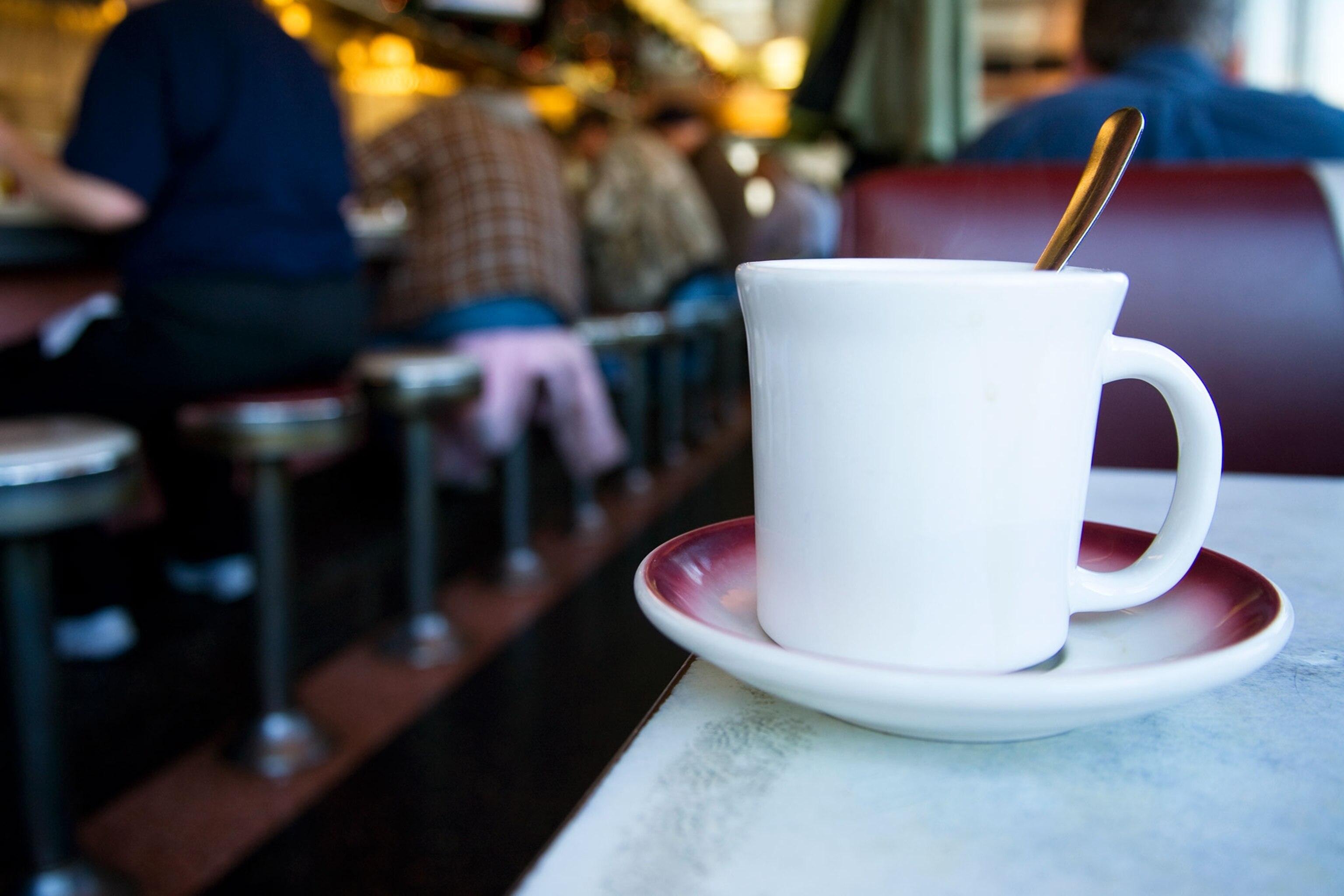
Fifty-six years ago this month, a group of African-American college students sat down at Woolworth’s lunch counter in Greensboro, N.C. and ordered coffee. At the time, many eateries were still segregated, and black customers were regularly refused service.
By ordering coffee, the freshmen at North Carolina A&T College were protesting these discriminatory practices. The Greensboro sit-in launched a series of pickets at businesses across the southern United States. Woolworth’s lifted its ban against black patrons later that year—a win for the civil rights community
But it wasn’t just lunch counters that made history. Comfort food served in people’s homes created a meeting place to share ideas.
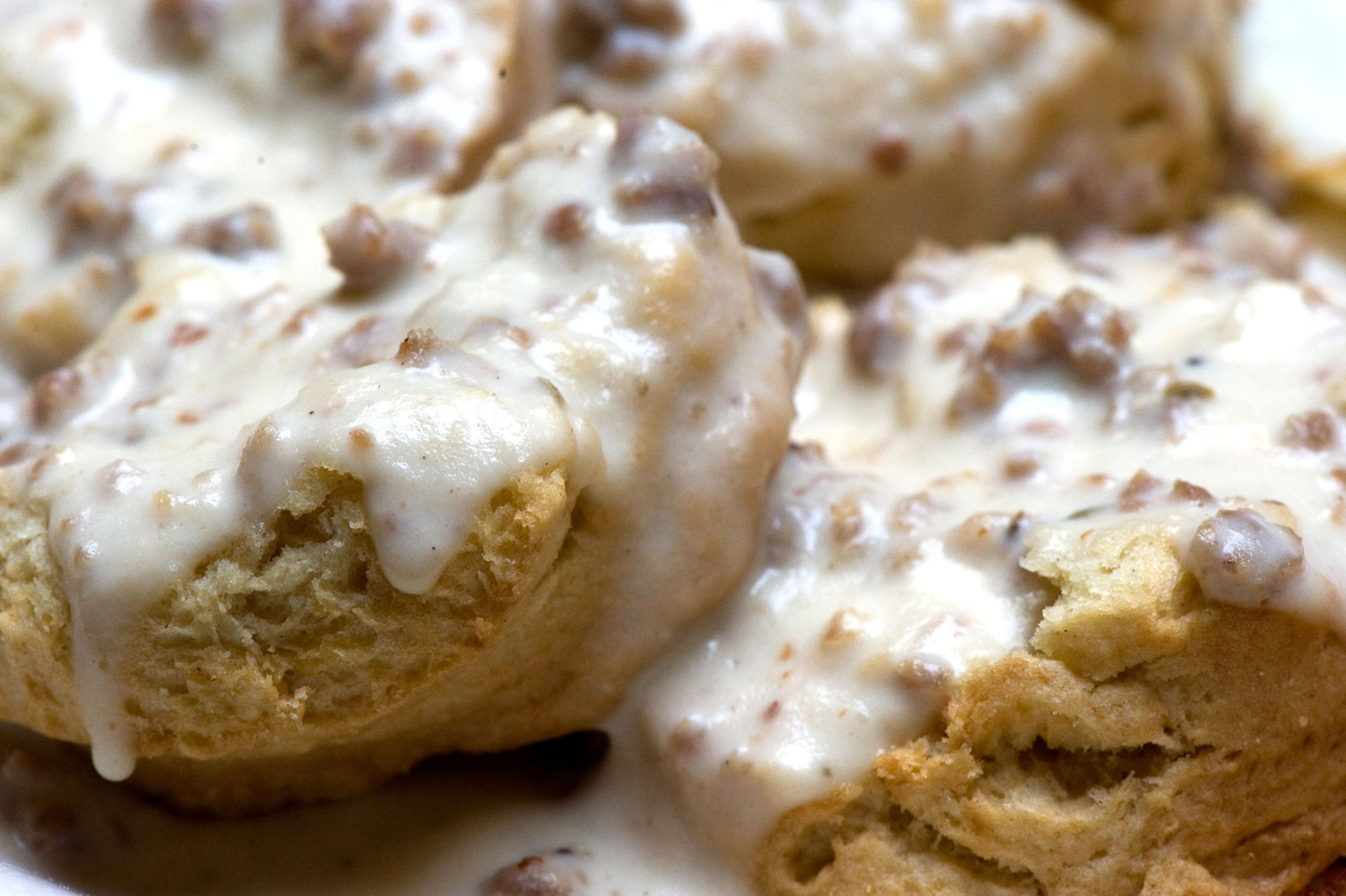
Civil rights movement supporters would often house leaders and protesters, offering them a home-cooked meal of soul food upon their arrival. Buttermilk biscuits are fast and easy to make—perfect for feeding extra guests.
Biscuits were a standard item on Georgia Gilmore’s table. Gilmore, a cafeteria cook in Montgomery, AL lost her job after supporting the bus boycott in 1955. After losing her job, Dr. King encouraged her to open her own restaurant.
Gilmore’s home basically became an underground supper club. She ended up feeding hundreds, if not thousands, of organizers from her home kitchen, Carbone says.
“Her back-door restaurant became so popular that people waited in line to be fed. The crowds served as cover for King and other movement leaders, who held clandestine meetings there,” according
Civil rights leaders also strategized over pork chops at Paschal’s.
Pork chops smothered in sauce is a staple of soul food cooking and was a signature dish at Pasc hal’s
Paschal’s was one of the few black-owned white-tablecloth restaurants in Atlanta at the time, says Carbone.
Owned by brothers Robert and James Paschal, the restaurant served free food and provided a safe haven
Martin Luther King Jr., John Lewis, Andrew Young, Hosea Williams, Ralph David Abernathy and Joseph Lowery spent many meals at the restaurant strategizing their next move.
“The Paschal brothers used their culinary skills to rally communities behind the movement’s initiatives,” Carbone says.
And, don’t forget dessert.
Georgia Gilmore also helped organize Montgomery women into the “ Club From Nowhere
Most famously, the Club From Nowhere put proceeds toward funding trucks and vans to help people get around during the bus boycotts. Their bake sales helped invigorate a campaign that could have potentially faltered if lacking funds.
“That is a really powerful statement about how food can be a direct tool of political action,” Carbone adds. “[Food is a] way for all Americans to participate in our democracy.”
Mollie Bloudoff-Indelicato is a science, health, and environmental reporter. Follow her on Twitter.

